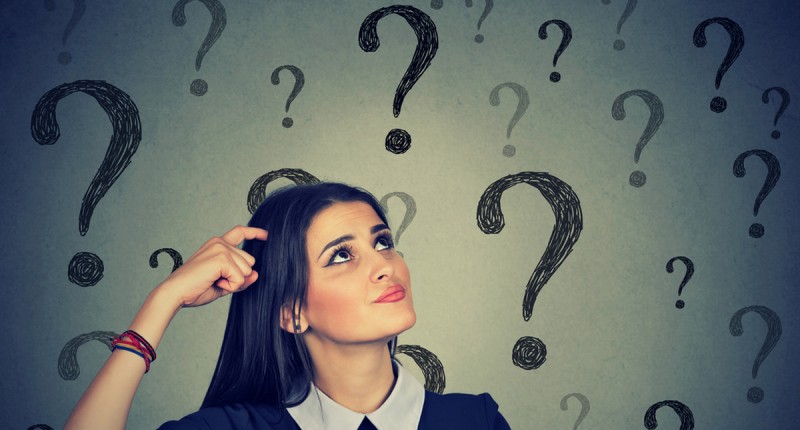
Beauty marks, also known as beauty spots or moles, are small, dark, and noticeable spots that appear on the skin's surface. They can add charm and character to an individual's appearance, often enhancing their overall beauty. Throughout history, beauty marks have been seen as attractive and have been embraced by many cultures around the world.
The Origin of Beauty Marks
The concept of beauty marks dates back centuries. In ancient times, these marks were believed to have mystical or symbolic significance. Some cultures associated beauty marks with good luck, while others believed they held romantic connotations. Over time, beauty marks became a symbol of beauty and sophistication.
Beauty Marks in Different Cultures
Beauty marks hold diverse meanings across various cultures. In some societies, they are considered a sign of beauty and elegance. For instance, in the 18th century, beauty marks were fashionable among the European aristocracy. In contrast, certain cultures associate beauty marks with specific personality traits or destinies.
The Science Behind Beauty Marks
Beauty marks are formed due to an accumulation of melanocytes (cells that produce pigment) in a specific area of the skin. The higher concentration of melanin in that region causes the spot to appear darker than the surrounding skin. While some people are born with beauty marks, others develop them over time due to factors like sun exposure.
Famous Beauty Marks in History
Throughout history, several famous personalities have sported iconic beauty marks. One such example is Marilyn Monroe, whose beauty mark above her lip became an essential part of her allure. These beauty marks often became a trademark for these individuals.
Celebrities and Beauty Marks
In contemporary times, many celebrities proudly flaunt their beauty marks, setting trends for their fans. They showcase that beauty marks are not flaws but unique features that make individuals stand out.
Types of Beauty Marks
Beauty marks come in various shapes, sizes, and locations. Some are small and discreet, while others are more prominent. The positions of beauty marks can also differ, adding to their uniqueness.
Are Beauty Marks Attractive?
The perception of beauty marks being attractive varies among individuals. While some find them appealing and charming, others might not prefer them. It ultimately boils down to personal preference and cultural influences.
Beauty Marks: To Embrace or Remove?
In contemporary society, some individuals choose to remove their beauty marks through medical procedures. Others embrace their beauty marks as a distinctive feature that adds character to their appearance.
Makeup and Beauty Marks
Makeup techniques can be used to enhance or mimic beauty marks temporarily. Many people experiment with makeup to create faux beauty marks for fashion or self-expression purposes.
How to Embrace Your Beauty Mark
If you have a beauty mark and want to embrace it, remember that it is a part of what makes you unique. Surround yourself with positive influences and embrace your individuality.
Beauty Mark Myths Debunked
Several myths and superstitions surround beauty marks. It is essential to distinguish between myths and facts to understand these unique skin features better.
Beauty Marks and Health Concerns
In some cases, beauty marks might require medical attention. Monitoring changes in the appearance of beauty marks is crucial to identify potential health concerns. Beauty marks are more than just spots on the skin; they carry cultural significance, historical context, and personal charm. Embracing one's beauty mark can boost self-confidence and serve as a celebration of individuality.
Make these 4 types of face packs with bananas, the face will shine in a few days
Only in Japan can you find strange items
Glow and brightness of the face have been snatched, then try sandalwood oil and see the difference